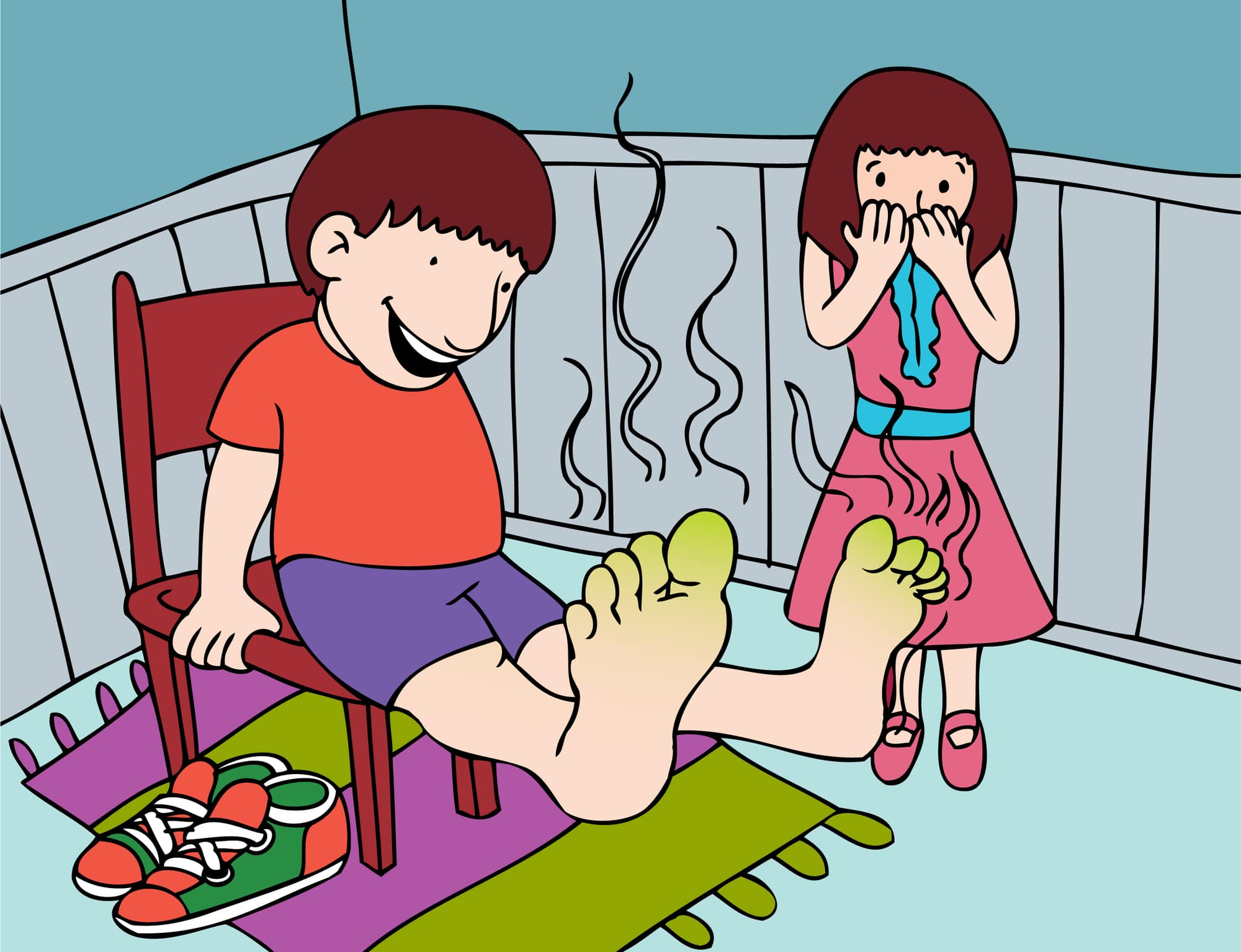“The rankest compound of villainous smell that ever offended nostril.”
Shakespeare, “The Merry Wives of Windsor”
For some reason, I’ve been in the mood to focus on villains and describing disgusting things. People think that writing teachers should be full of flower metaphors, but with Halloween approaching, I’m going to focus on the gross. What better way to illustrate the power and joy of language.
What’s the most disgusting odor you’ve ever stumbled across? An mildewed orange forgotten in a backpack? A pair of socks? Pickled Herring? Pick one and go with me, step by step, as we gross each other out.
- Step 1: Name the offending object. I’m going to use some leftover tofu that I had placed in a plastic bag and forgotten about.
- Step 2: Come up with an adjective to describe the object. For my tofu, I’m going to use “moldy.” Here are some suggestions: funky, foul, rancid, bitter, burnt, nauseating, rotten, sour, repulsive, disgusting, decaying. There are many, many more, so don’t limit yourself to this list.
- Step 3. Use a simile or a metaphor to describe your object. (Quick refresher: A simile compares two objects using “like” or “as.” A metaphor makes the comparison directly.) For example, a simile would be, “my tofu was like fungus covered vomit.” A metaphor would be, “my tofu was fungus covered vomit.”
- Step 4: Here’s the best part. To truly describe an offensive odor, you need an action verb. If the stench is really all that bad, it will throw, kick, slam, hurl, etc.. Continuing with my tofu, “as I opened the bag, I was slammed to the ground.”
You can mix and match. Shakespeare used two adjectives and an action verb in the above quote. Shakespeare was a master of everything, but nothing illustrates his genius more than his insults and witty descriptions of unpleasant things.
Go ahead and put your disgusting description in the comments. Let’s see who wins the grossest odor award!

